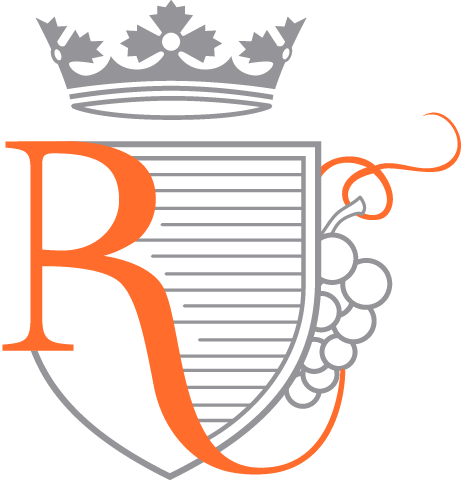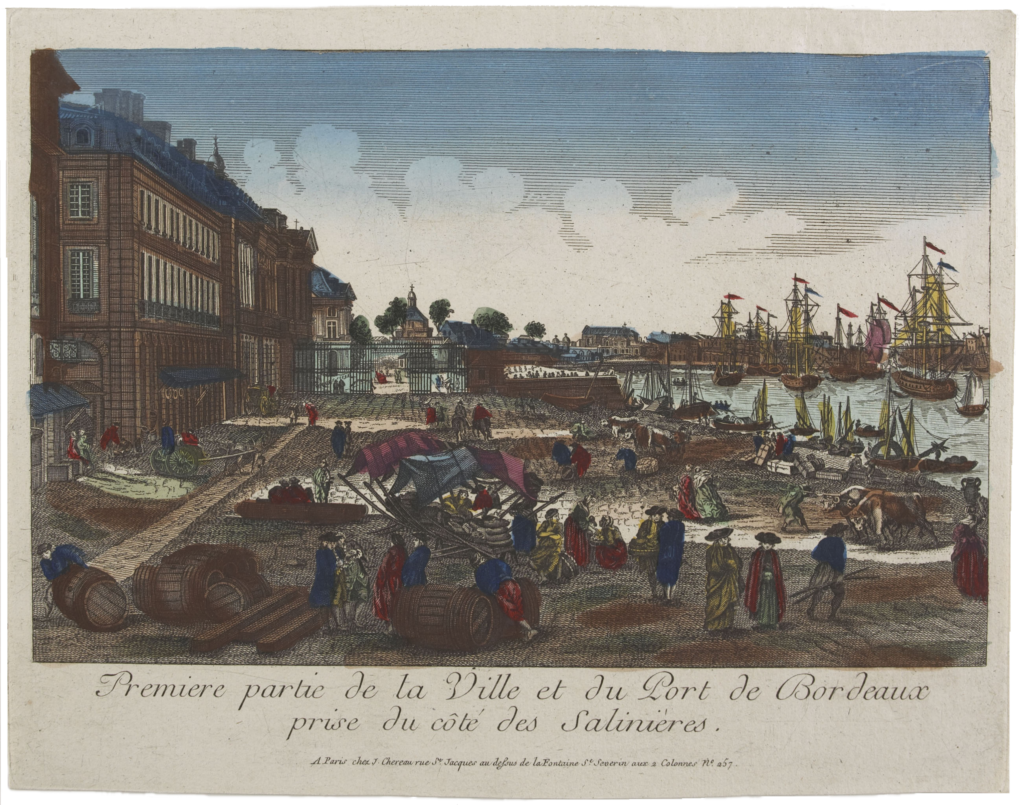Our vineyards are located in the heart of the Graves region, the only appellation that has the name of its soil – Graves means gravel.
The History of our Region
he Gauls were the ones who adapted the Mediterranean vines of the Roman conqueror to oceanic climates. Bordeaux vineyards are thus born from the meeting of two civilizations of wine lovers.
The real wine boom began in the Middle Ages. At this time, the first vines were planted in the very heart of the city of Bordeaux and its surroundings, on poor and stony soils that were unsuitable for growing other crops.
In 1152, the marriage of Eleanor of Aquitaine to the King of England Henry II brought prosperity to Bordeaux. The growth was based on the granting of the so-called “Banlieue” of the « Privilige », which was a trade deal that gave priority to Bordeaux wines before other regions. This law prevented any import of wines outside Bordeaux while supplies lasted and the local wines flourished.
Without any real competition because of the trade deal, the vineyards of Bordeaux thrived. Local and international demand grew and so did the wine-growing areas, which were cramped within the city walls.
This gradually forced the extension of the vine growing areas outside the city: « The Banlieue Prévôtale ». The vineyards expanded to the South and East limits of Bordeaux lands, including the Langonnais, the areas of La Brède, Mérignac and Martillac, contributing to a greater diversity of soils..
The Golden Age started in the 14th century with the enthusiasm and popularity of « clairet », a shaded, dark rosé wine. This rosé wine was very successful due to its liveliness and its refreshing character, which greatly pleased the merchant of the ports of England and Hansa in Northern Germany. At this historic time, the vineyards of Bordeaux produced only 17% red wine and 80% rosé wines, whereas white wines were still experimental in the growing region.
From the 16th to the 18th century, large estates were attached to the production of quality wines. These wines, which then appeared under the original name of « vins de Graves », were considered to be wines of the highest standards of Bordeaux wines. Exports to England and Northern Europe were going well. The Graves appellations dominated the market until the end of the 18th century.
Overcoming the successive wine crises of the 19th and 20th centuries linked to diseases (powdery mildew, downy mildew and phylloxera), to winter frosts in 1956, to the urbanization of Bordeaux, were combined with the competition from New World wines. However, in the 1970s the renewal of Bordeaux wines began once more.
The Graves wines took full advantage of the growth and gradually regained their surface and their historic rank among the great appellations of Bordeaux.



